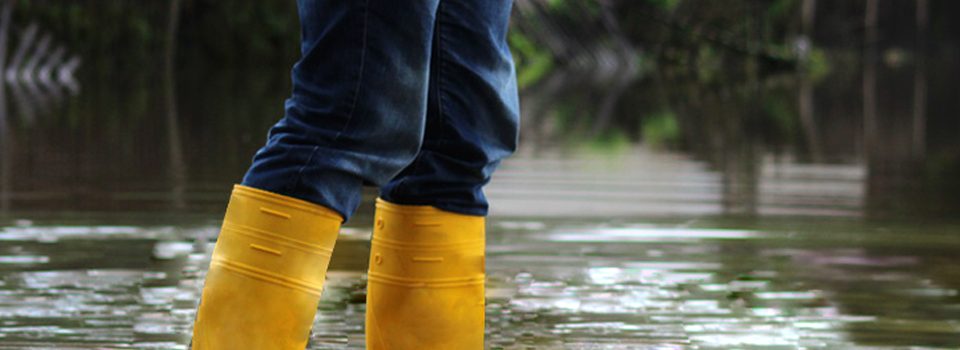
What is the Difference Between Flood Damage and Water Damage?
Floods and water damage are among the most common and potentially devastating risks that businesses face. Whether it’s from natural disasters like hurricanes and flash floods, or internal issues such as pipe bursts and leaks, the impact can be significant. Not only can water damage disrupt operations, but it can also lead to substantial financial losses. This blog post explores the intricacies of flood and water damage in the context of commercial insurance, offering insights into risk management and recovery strategies.
The Difference Between Flood Damage and Water Damage
It’s crucial for business owners to understand the distinction between flood damage and water damage, as this affects insurance coverage:
– Flood Damage typically refers to water damage that comes from external sources, such as rivers overflowing, storm surges, or significant rainfall leading to flooding. This type of damage is usually not covered under standard commercial property insurance policies and requires separate flood insurance.
– Water Damage is generally considered to occur from internal sources within a building, such as plumbing failures, burst pipes, or leaks from appliances. Most commercial property insurance policies cover this type of water damage, assuming it’s not due to negligence or lack of maintenance.
Assessing Your Risk
Before securing insurance, it’s important to assess your business’s risk for both types of water damage. Consider the location of your business, the local climate, and the history of weather-related events in the area. Businesses in flood-prone zones should give special consideration to flood insurance, even if it’s not mandated.
Understanding Insurance Coverage
This insurance typically covers water damage caused by internal issues, such as leaking roofs or malfunctioning sprinkler systems. It’s essential to review your policy’s specifics, as coverage limits, deductibles, and exclusions can vary widely.
For protection against external flood events, businesses need to consider purchasing a separate flood insurance policy. In the United States, this is often provided by the National Flood Insurance Program (NFIP), though private options are available. Flood insurance covers damage to the building’s structure and contents, but be aware of policy limitations and exclusions.
Risk Management Strategies
Regular Maintenance and Inspections
Conduct regular inspections of your property to identify potential risks, such as cracks in the foundation, poor drainage, or aging plumbing systems. Regular maintenance can prevent many instances of water damage.
Emergency Preparedness Plan
Develop a comprehensive plan that includes steps for securing the property, protecting important documents and equipment, and procedures for evacuation if necessary. Ensure all employees are familiar with this plan.
Data Backup and Recovery
To safeguard your business’s critical data, implement a robust data backup and recovery strategy. Utilize cloud storage solutions to ensure data is backed up off-site and easily recoverable in the event of a disaster.
Business Continuity Planning
Consider how water damage could disrupt your operations and plan accordingly. This may involve arranging alternative work locations or adjusting business operations to minimize downtime.
Navigating the Claims Process
In the event of water damage, it’s vital to document the damage thoroughly and report the claim to your insurer as soon as possible. Take photographs, keep a detailed inventory of damaged items, and maintain records of any repair expenses. Your insurer will guide you through the claims process, but staying organized and proactive can help expedite your recovery.
Conclusion
Water damage, whether from floods or internal issues, poses a significant risk to businesses. Understanding the nuances of your commercial insurance coverage, coupled with proactive risk management, can greatly mitigate these risks. By preparing in advance and knowing how to respond effectively, businesses can navigate the challenges of water damage, minimizing its impact on their operations and finances.
